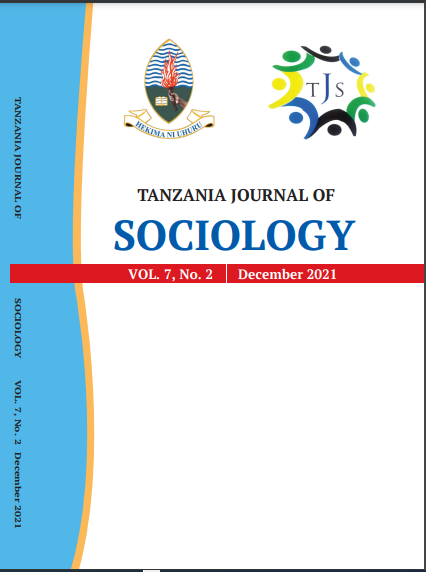Main Article Content
Sharing Features in Archaeological and Crime Scene Investigations: A ComparativeMethodological Analysisof Human Remains at Nguvu-Kazi in Mang’ola, Northern Tanzania
Abstract
This paper outlays preliminary archaeological investigation on human remains exhumed at Lake Eyasi basin in Mang’ola, Arusha Tanzania. The study intended to underscore the complexities of burial practices in terms of burial styles, chronological sequences of burial cairns,human remains biological profile, pathology and morphological variations. The field excavation of burial graves was carried out at the Nguvu-Kazi, almost three kilometers southeast of Mumba rock-shelter, on the foot of Laghangereri-Ishemjega hill. The graves were tightly clustered in an area of about 60 square meters. Each grave was covered over with sizeable angular stone slabs to the height of about 50 cm above the ground surface. Buried individuals were poorly preserved and highly fragmented from geomorphological processes and anthropogenic actions. The human remains were directly placed underneath of the stones. The graves were therefore not interred so much in the ground. Corpses were buried between 20 cm and 50 cm deep and covered with piled large gneiss slabs. Such burial practices caused severe postmortem trauma leading to the deterioration, fragmentation and crumbling of human remains. Poorly preservation conditions of collected human remains and lengthy duration from the date of burial to the date of the reburial posed severe challenges as long bones were highly fragmented. These accumulated results provideprimary results that may contribute significantly to crime scene detective procedures.







